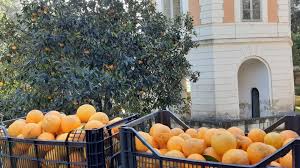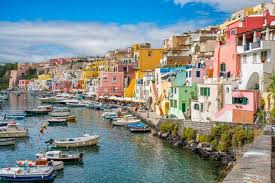
The small Neapolitan island of Procida was the surprise winner of the contest for Italy's Capital of Culture 2022, beating 10 other highly qualified finalists out of a total 28 competitors. The prestigious prize comes with a government grant of a million euros towards financing the package of proposed improvements and upgrades submitted by the candidates.
Procida is the first small community to win the title and the perks that come with it. The project, entitled “La Cultura Non Isola” (Culture doesn't isolate) a clever pun on the Italian word “isola” which can mean either “island” or “isolate”, involved 240 artists and 44 cultural projects to create a year-long programme of events. Procida's proposal centred round encouraging a type of sustainable “Slow Tourism” aimed at attracting visitors in all the four seasons of the year by offering more than a simple beach holiday.
Italy's Minister of Culture, Dario Franceschini, commented that the choice of Cultural Capital does not depend on the importance of the chosen location or its existing cultural heritage but on the originality and far-sightedness of the project presented. The Procida proposal, he said, could provide a model for other lesser-known areas, as well as a signal of optimism for the return of tourism in 2022.
Although the island with its rainbow houses is well-known to cinema (Films like “Il Postino”, “the Talented Mr. Ripley” and “Arturo's Island” were all shot here), it has always been overshadowed by its celebrated neighbours Capri and Ischia and until 1980 it was best known as the prison island for mafia bosses and high profile criminals.
The new proposals include upgrading the old D'Avalos fortress, which originally contained the prison, as a tourist attraction.
Info: www.beniculturali.it
The celebrated buried cities of Pompeii and Herculanum (Campania) are now open to visitors, along with many of Italy's museums and sites. Italy's Minister of Culture and Heritage, Dario Franceschini, has lifted the closure ban imposed by Covid-19 in December, provisionally until the 15th February, when the situation of the pandemic will be reviewed.
The nearby Reggia di Caserta is also open again to visitors.
During lockdown, excavations have continued in archaeological sites revealing important new discoveries. Restoration and studies have also continued at the Caserta Palace, while the Flora Garden of the Royal Park of Caserta, in collaboration with the E.V.A. Cooperative, has been exploiting its garden of orange trees to produce marmalade. The oranges are transformed in “Le Ghiottoneria di Casa Lorena” (Casa Lorena Delicacies Laboratory), a non-profit anti-violence refuge for women situated in property confiscated from criminal organizations in Casal di Principe, near Naples.
Info: www.pompeiisites.org www.ercolano.beniculturali.it www.cooperativaeva.com
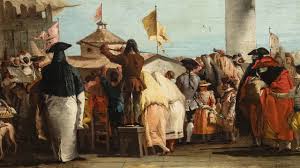
Due to the current pandemic, Italy's museums and galleries have all been closed over the recent holidays. However, museum directors and exhibition curators have not remained idle, ensuring instead that work has continued behind the scenes so that they will be ready for the public when the ban is lifted.
One of the most original exhibitions on standby is at the National Gallery of Ancient Art in the splendid baroque Palazzo Barberini, Rome. Entitled “L'Ora dello Spettatore” (“The Moment of the Beholder”), it offers a fresh and unusual slant on viewing works of art, in which the visitor is deliberately invited to “enter” and participate in the paintings on display. The exhibition aims to reveal hidden details and ambiguities incorporated in the works, which would be missed by the casual viewer, with figures frozen in frames, others semi-concealed behind curtains, the hidden seductive messages in discarded shoes, the symbolism of hearts hanging like fruit from trees and a ball game where the ball is a globe of the world.
The exhibition, curated by art historian Michele De Monte, contains works from Palazzo Barberini's own collection, as well as a number of works on loan from some of the world's most prestigious galleries, such as the National Gallery of London, the Prado of Madrid and the Rijksmuseum of the Netherlands.
Tiepoli's “Il Mondo Novo” (“New World”) opens the show and provides the key for interpreting the exhibition theme. It depicts a crowd leaning over a wall to observe some scene below in the street below, but the spectator only sees their backs and can only guess at what has attracted their attention. Rembrandt's “Girl in a Picture Frame”, seems to actually emerge from her frame with her hands leaning on a window sill, while Bartolomeo Passerotti's two sly butchers invite viewers to inspect their wares. The conspiratorial little Cupid in Il Guercino's “Venus, Mars and Cupid” aims his bow directly at the viewer, thus involving him/her in the scene. An exhausted Christ appeals for help out of Memling's miniature narrative of the “Passion of Christ.”
Poussin's “Ovid and the Games of Love”, crammed with secret suggestions and symbolism that the observer is invited to discover, closes the exhibition.
The exhibition opened at the beginning of December and ran for only a short time before it was forced to close down for precautionary measures. Programmed originally to run until the end of February, organizers hope that it will eventually be prolonged and allow all the “Beholders” more than a “Moment” to enjoy it!
M. Stenhouse
Info: www.barberinicorsini.org

Just before the Christmas closure, Italy chalked up its 69th UNESCO listing with the handmade glass beads of Murano, Venice's famous island of glassmakers.
The tradition of multi-coloured glass beads dates back to the 14th century and some 300 craftspeople today are actively involved in production. Compiling the delicate multi-coloured necklaces, earrings and the millefiori paper weights, many of which have become collectors' pieces, is family tradition handed down through generations. The Comitato per la Salvaguardia dell'Arte delle Perle di Vetro (Committee for the Preservation of Glass Bead Art) says that necklace threading was a major factor in helping the local women to achieve financial independence and emancipation. Commenting with satisfaction on the listing, Venice Mayor Luigi Brugnaro said: “These glass beads are infinitely beautiful and fragile – like our city.”
Italy now has 55 UNESCO World Heritage Sites and 14 UNESCO Immaterial Heritage listings, a world record.
Info: www.artribune.com www.museovetro.visitmuve.it www.onuitalia.com
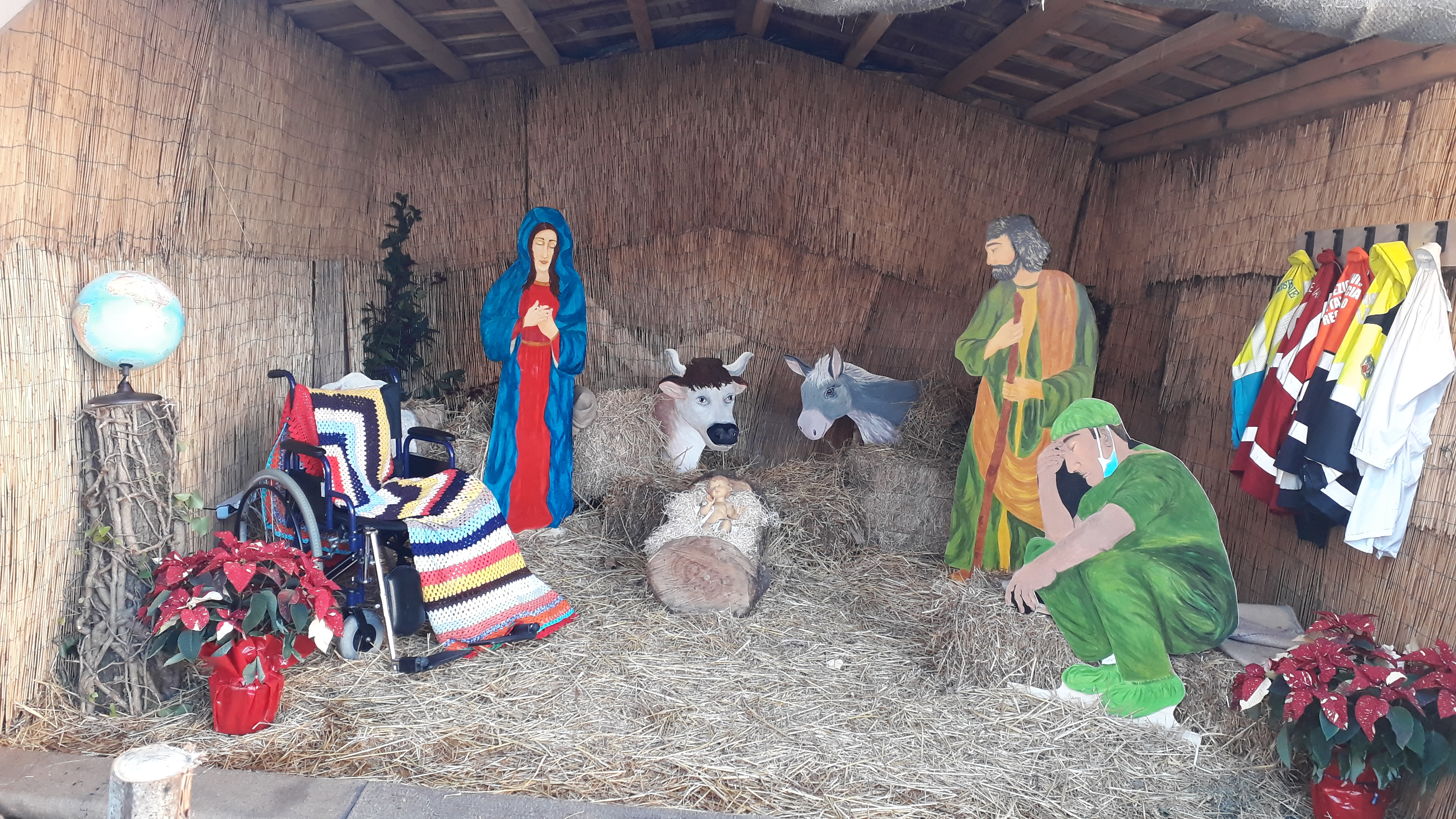
The Christmas season in Italy is characterized by the Crib, representations of the Nativity scene set up in churches, piazzas and homes. These can be life-size (in public places), or filled with classic miniature representations of the Holy Family, the angels, the shepherds and the Three Wise Men, or else enriched with hundreds of little side players – tradesmen, craftsmen, animals, current personages in the news, like football players or politicians, as in the creative Nativity compositions of the San Gregorio Armeno district in Naples.
Some Nativities draw attention to current circumstances, like the Crib in the main square of the small hill town of Ariccia, some 30 kms from Rome, which focusses on the Covid 19 pandemic. Designed by local artist Lidia Onice and realised by the Amici Per Caso Association, the Presepio di Speranza (Nativity of Hope) pays tribute to medics with the figure of an exhausted doctor crouching beside the Holy Family. Italy's voluntary services are also represented by a row of workwear overalls hanging from pegs.
In the opposite corner stands an empty wheelchair in memory of all the elderly victims of the virus, alongside a world globe symbolizing the fact that the entire world is united in this period of suffering.
Info: www.ilcaffe.tv
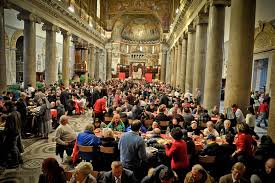
2020 will certainly be remembered as the “Pandemic Christmas”, but it should also be known as the Italian Solidarity Christmas, where non-profit organizations and volunteer groups are going all out to help the needy during this difficult period.
According to statistics published by the University of Padua, some 6 million Italians are involved in major charitable agencies, like Caritas and the lay Catholic Association Sant'Egidio, as well as smaller and lesser known non-profit organizations such as Nonna Roma that operates in the poorer areas of Rome to help families with food and other necessities. In addition, an estimated 3 million more Italians of all ages are involved in voluntary services not connected to official organizations.
The most original “help your neighbour” scheme is probably the “Pasto Sospeso”, (Suspended or Pending Meal) inspired by the time-honoured Neapolitan custom of the “Caffe Sospeso”, in which cafe customers voluntarily and anonymously leave the price of an extra coffee at the till for the benefit of anyone who cannot afford to buy his or her own.
The Pasto Sospeso was launched by the Cassetta Rossa, a Foundation based in the traditional working class district of Garbatella in Rome, by well-known writer Erri De Luca and Gabriele Rubini, alias Chef Rubio, a former rugby player and television presenter.
Info: www.ilbolive.unipd.it info@nonnaroma.it www.fondazionerrideluca.com
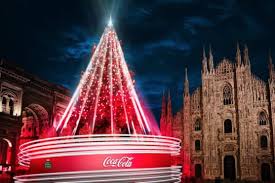
On the day of Sant'Ambrogio, Milan's patron saint, the city turned on all the lights of its twenty-one symbolic trees distributed round the streets and squares. The impressive display of highly original Christmas Trees, designed by leading artists and sponsored by the Bracco Foundation, is the project of Marco Balich, organizer of worldwide large-scale events, such as last year's PanAmerican Games in Lima.
The trees are all highly symbolic, with names like “The Tree of Stars”, “The Tree of Tomorrow”, “The Trees of Games”, “The Tree of Music”, “The Golden Tree”, “The Whispering Tree” and so on. The “Tree of Gifts” in Piazza Duomo is sponsored by the Coca Cola company in support of the Banco Alimentare (Food Bank), which has collected over 2 million meals for the needy - only one of hundreds of similar non-profit organizations spread over the country attempting to tackle the problem of loss of income due to the pandemic.
The 21 artistic trees are in additional to the 45 live Xmas trees already distributed by the Milan city council, which will be removed afterwards to the city nursery.
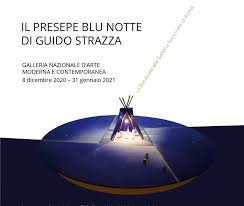
In December, the tradition Christmas crib arrives, embellishing Italian churches and piazzas with rustic cabins, artistic reproductions of medieval villages, hovering angels and the Holy Family with the ox and the ass and the shepherd boy with his sheep.
Modern interpretations can also be found and one of the most interesting on show this year is the highly individualistic Presepio Blu (Blue Nativity) on display at the National Gallery of Modern and Contemporary Art in Rome (GNAM), created by prominent artist Guido Strazza and curated by art historian Giuseppe Appella.
This Nativity scene is part of the collection of the International Nativity Museum “Vanni Scheiwiller” of Castronuovo Sant'Andrea (Potenza, Basilicata), created by the Milanese publisher and businessman. The museum has 250 Nativities from all over the world, dating from the 18th to the 21st century, distributed in a number of ancient cellars and grottos. Included in the collection are numerous cribs designed by celebrated modern artists.
The Blue Nativity will be on show until the 31st January 2021.
Info: Tel. +39.06.3229 8221 www.lagallerianazionale.com
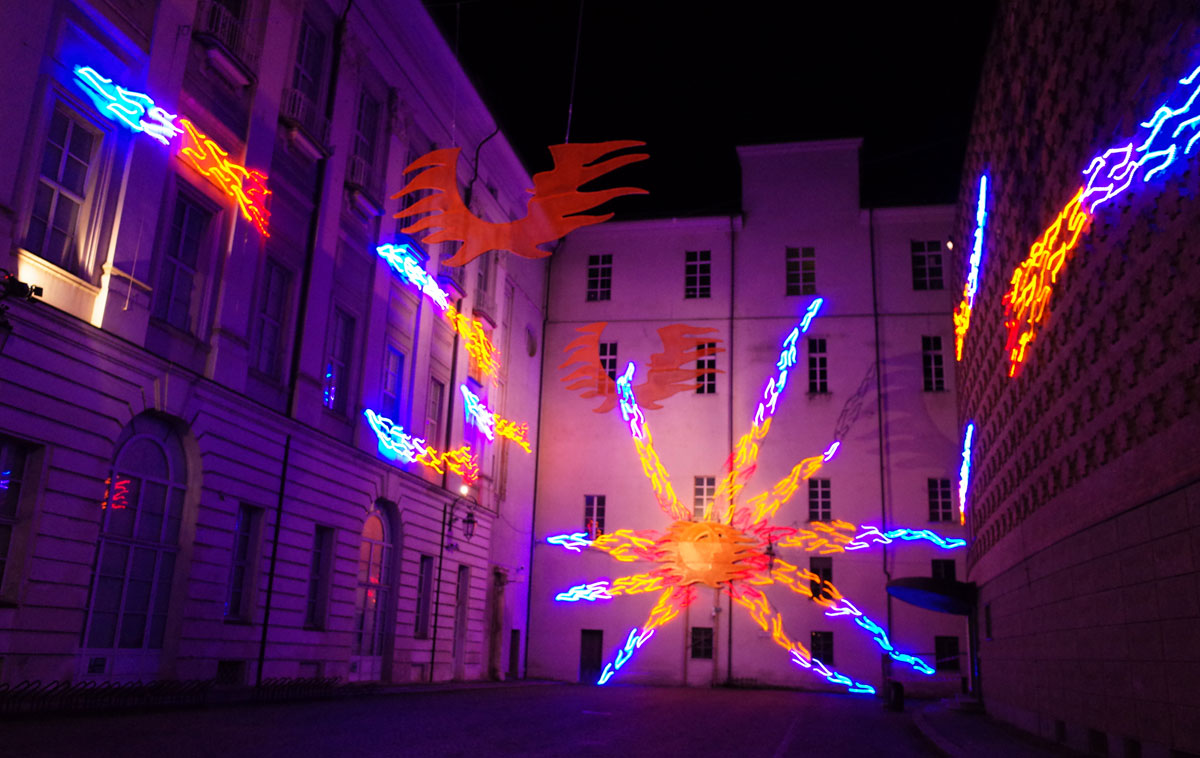
Despite the restrictions imposed by the current pandemic, Italy's cities are determined to put on a good show for the Christmas season, setting up illuminations to flood the streets and piazzas with imaginative light displays that boost morale and encourage shoppers.
The Venice “Natale di |Luce” 2020 (Christmas of Light) event opened on the 4th December and will lasts till the end of Carnival, 16th February 2021. A total 55 Xmas trees have been installed in the city and on the islands. Artist Fabrizio Plessi (noted for his “Falling House” and the “Vertical Sea” at the 54th Venice Biennale) triumphs with an iconic Tree of Life installation in Piazza San Marco, a gigantic composition of golden blocks inspired by the gold mosaics of St. Mark's Cathedral. Meanwhile, the Rialto Bridge is transformed by video projections of images of the leading Venetian artists and architects.
Turin is famed for its annual display of “Luci d'Artista” (Artistic Lights) and this year has been no exception. The display was inaugurated on the 30th October 2020 along with the opening of the Week of Contemporary Art. Artissima , the leading annual Fair of Contemporary Art, and dazzles visitors with a fantastic cavalcade of magical images, designed by over twenty visual artists. This year's “Luci d'Artista” festival runs until the 10th January 2021.
Padua's Christmas lights display is entitled: “Magia Non si Spegne” (Magic isn't Turned Off) and focusses on the theme of “Magic Mapping” where projections of shifting lights and colours are played over the facades of historic buildings to create the illusion of “a city of stars.”
Info: www.live.comune.venezia.it www.guidatorino.com www.nataleapadova.it
<< Previous ... 2 ... 4 ... 6 ... 8 ... 10 ... 12 ... 14 ... 16 ... 18 ... 20 21 22 23 24 25 26 27 28 29 30 31 32 33 34 35 36 37 38 39 ... 41 ... 43 ... 45 ... 47 ... 49 ... 51 ... 53 ... 55 ... 57 ... 59 ... 61 ... 63 ... 65 ... 67 ... 69 ... 71 ... 73 ... 75 ... 77 ... 79 ... 81 ... 83 ... 85 ... 87 ... 89 ... 91 ... 93 ... 95 ... 97 ... 99 ... 101 ... 103 ... 105 ... 107 ... 109 ... 111 ... 113 ... 115 ... 117 ... 119 ... 121 ... 123 ... 125 ... 127 ... 129 ... 131 ... 133 ... 135 ... 137 ... 139 ... 141 ... 143 ... 145 ... Next >>


